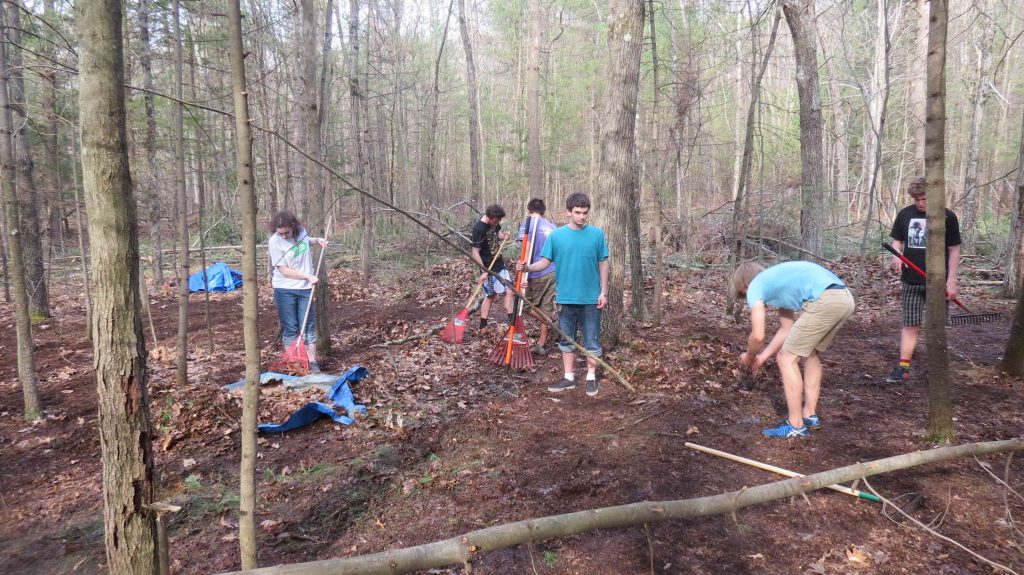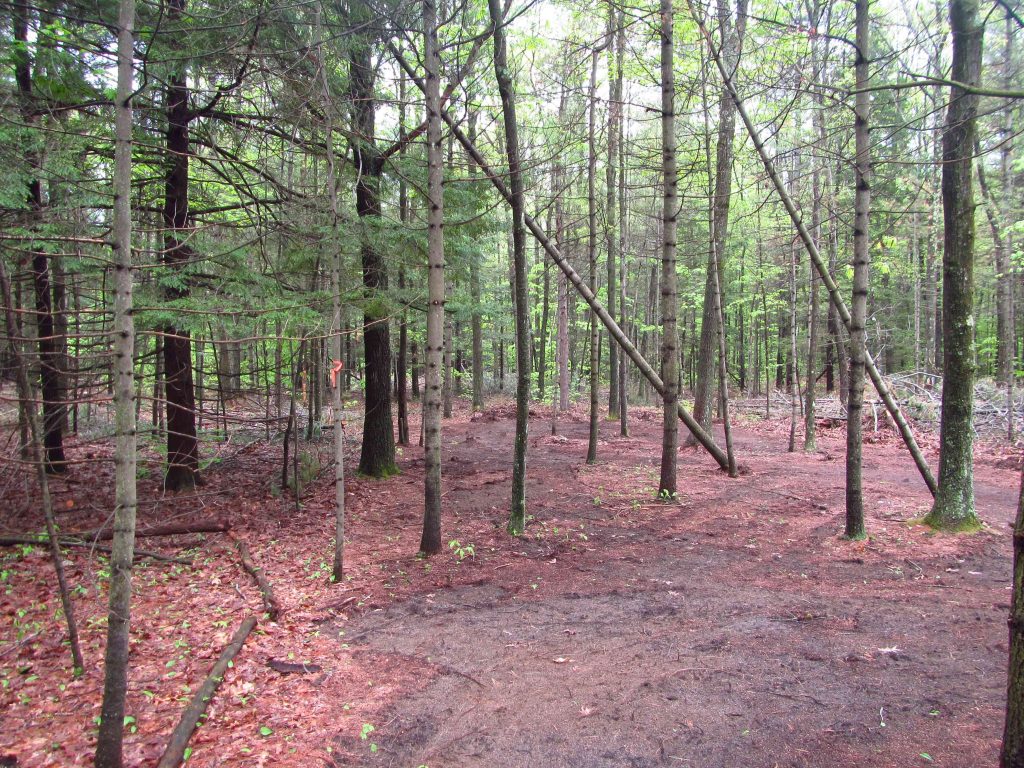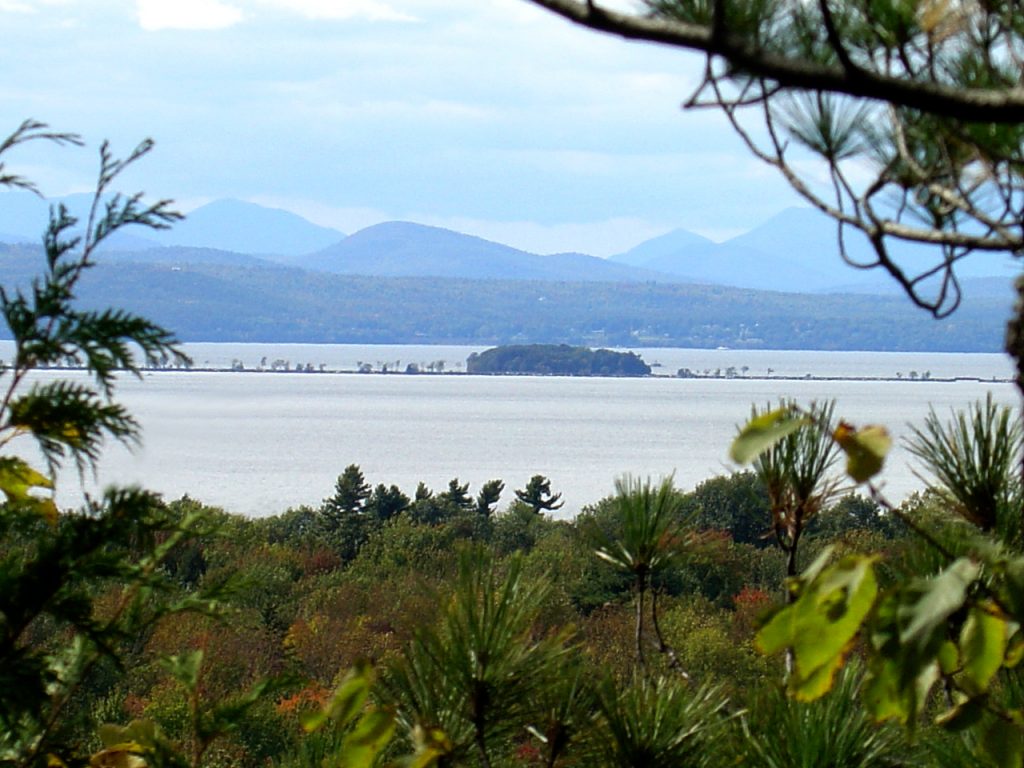When the Community Takes Action, Great Things Happen
After the Ice Age, large fan-shaped deposits of sand, sometimes up to 40 feet deep, were left in areas like Colchester, Vermont, now home to the Pitch Pine Sandplain Forest. Originally perhaps 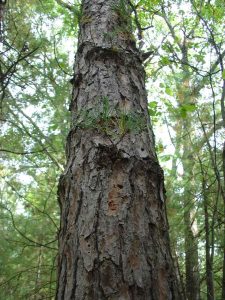 5,000 acres in size, the Sandplain Forests were home to a very special mix of plants.
5,000 acres in size, the Sandplain Forests were home to a very special mix of plants.
This unique collection of plants was dominated by the fire-resistant Pitch Pine tree—a tree that required occasional fires to combat the vigorous growth of other trees that would overshadow it. Lightning-sparked fires helped give the Pitch Pine, and the other plants and animals that rely on it, the ability to flourish.
Unfortunately the flat, fast-draining Sandplain areas were also places where people could easily build. As a result, very little of the original Sandplain Forests remain, with only an estimated 500 acres surviving in small pockets surrounded by development.
A number of landowners and community members are stepping up to help save these rare landscapes.
Action Is the Only Solution
Dr. Phil Howard is one of the landowners stepping up. Dr. Howard spent his career as a research scientist at the University of Vermont. He understood the unique nature of his Sandplain Forest. Standing by, watching the land lose the essence of what he loved, was not an option. So he took action.
Five years ago, Dr. Howard conserved all of his land (excluding his house site), establishing his land as the largest protected Sandplain Forest in Vermont. While he still owns the land, he has diligently worked with the Lake Champlain Land Trust and our teams of interns and volunteers to begin to manage it in a way that will help it return to its ecologically important role.
Now, thanks to the generous funders of our Ecological Restoration Fund and community members of the Land Trust, the comprehensive five-year restoration project is well underway—including research areas to document changes.
Creativity and Hard Work Pay Off 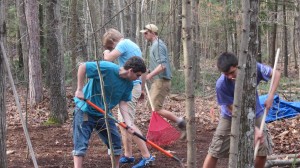
While historically fire would be used to manage these lands, most Sandplain Forests are surrounded by suburban development making fire restoration work impractical. Instead, in consultation with experts, we created a strategy that substitutes selective tree removal and raking to mimic the positive impacts of fire.
There is already great news. Our active raking and tree thinning restoration work has allowed dormant seeds to come to life and has resulted in the reestablishment of a state-threatened rare plant species.
As a result, this Sandplain Forest is one step closer toward becoming a more vibrant and healthy place for the plants and animals that once flourished there.
